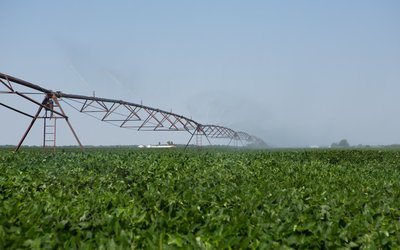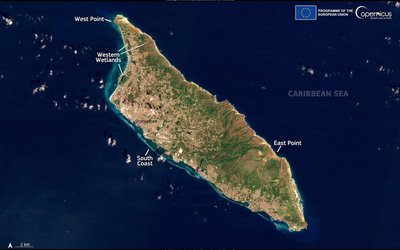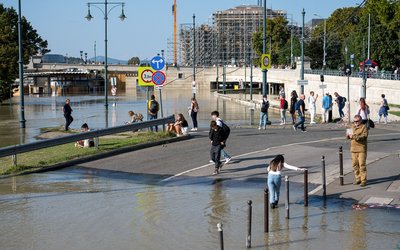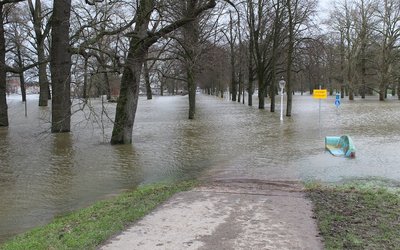In 2024, the discharge of most rivers worldwide was abnormally high or low
September 25, 2025
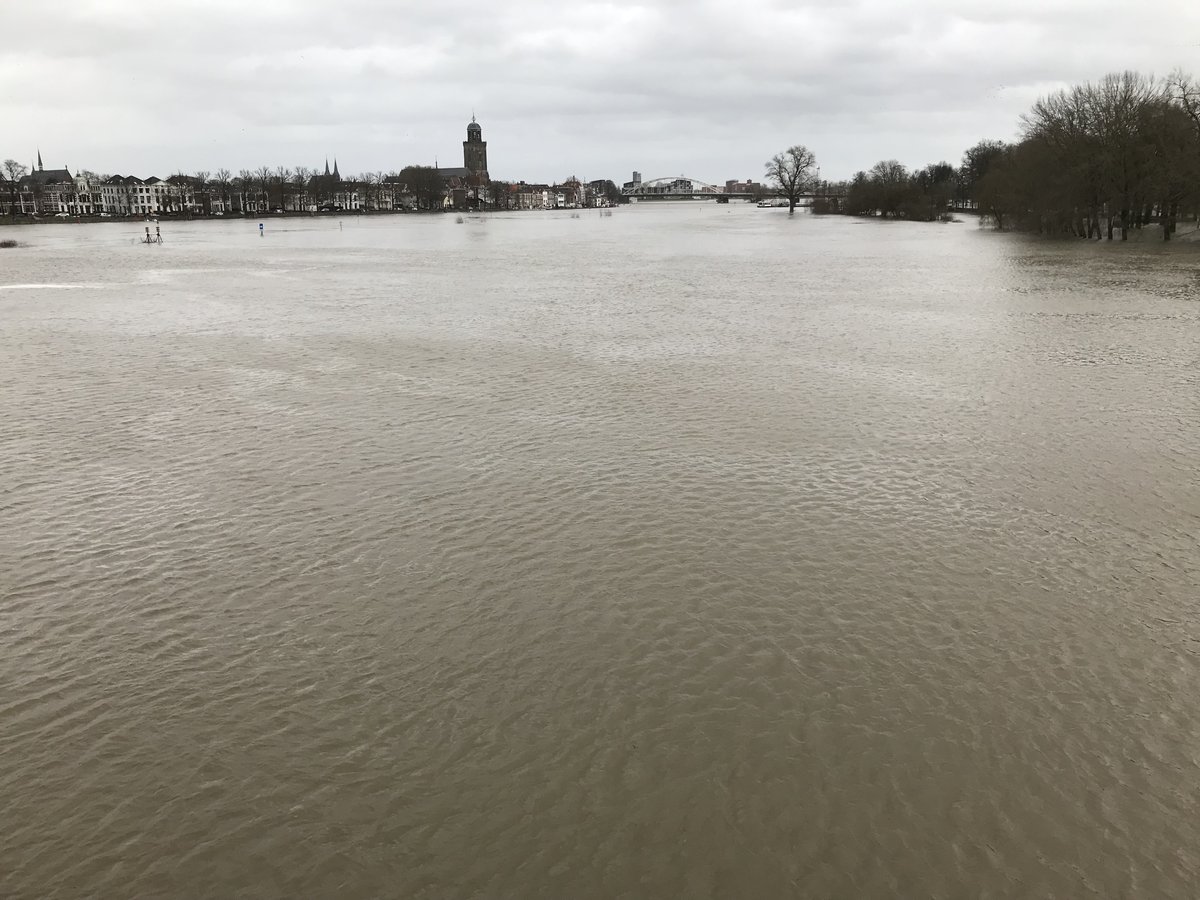
More floods and droughts
Only a third of the world’s river basins experienced normal conditions in 2024. The global water cycle is becoming increasingly erratic, leading to more floods and droughts, more casualties, and creating food scarcity, rising prices, conflict and migration. This is the main conclusion in the recently published “State of Global Water Resources” report, prepared by the World Meteorological Organization.
Around 60% of the rivers globally showed either too much or too little water in 2024. That year was not unique: it is the 6th year in a row showing an erratic water cycle. In the past six years only about one-third of the global catchment area was under normal discharge conditions when compared to the 1991–2020 average.
Floods in Europe
In 2024, Europe experienced the most widespread flooding since 2013. At least 335 people lost their lives during storms and flooding, while more than 400,000 people were affected by these events. Latvia, eastern France, Germany, Poland, Czechia, north-eastern Romania, and especially Spain were the worst hit European countries. Flash flood after extreme rainfall in Valencia, Spain, resulted in at least 232 fatalities and economic losses totalling around €17.5 billion.
Floods elsewhere on the planet
At the global scale, widespread flooding led to more than 2,500 casualties in Africa, the displacement of 4 million people, and large-scale damage to infrastructure, agriculture and education systems. In Asia and the Pacific, record-breaking rainfall and tropical cyclones led to more than 1,000 deaths, severe economic damage and widespread humanitarian crises in several countries. In Brazil, flooding took 183 lives and affected almost 2.4 million people.
Source: World Meteorological Organization, 2025.



